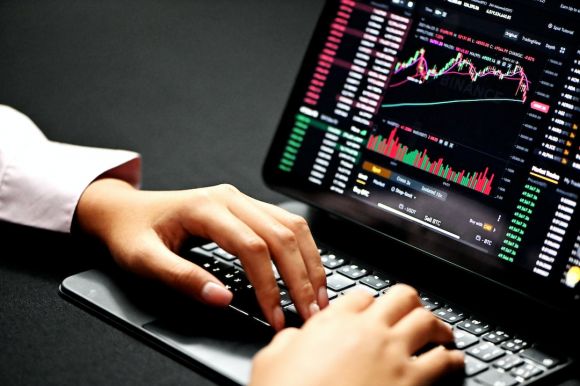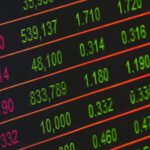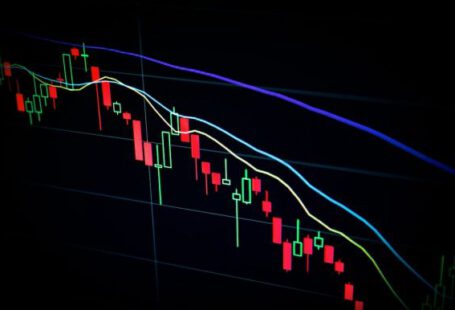In today’s fast-paced financial markets, where milliseconds can make a difference, algorithmic trading has become a vital tool for traders and investors. With the help of advanced technology and sophisticated algorithms, this approach allows for the execution of trades at lightning speed, enabling market participants to take advantage of even the smallest price discrepancies. In this article, we will explore the tools and techniques used in algorithmic trading.
Understanding Algorithmic Trading
Before delving into the tools and techniques, it’s essential to have a basic understanding of algorithmic trading. At its core, algorithmic trading involves the use of computer programs to automatically execute trades based on pre-defined rules and strategies. These algorithms analyze vast amounts of market data, identify patterns, and execute trades without human intervention.
The Tools of the Trade
To effectively engage in algorithmic trading, traders rely on a variety of tools that enable them to analyze market data and execute trades efficiently. Here are some of the essential tools used in algorithmic trading:
1. Market Data Feeds: Reliable and real-time market data is crucial for algorithmic traders. These feeds provide up-to-date information on price quotes, trade volumes, and other relevant market data, allowing traders to make informed decisions.
2. Execution Management System (EMS): An EMS is a software platform that enables traders to manage and execute trades across multiple exchanges. It provides connectivity to various trading venues, order routing capabilities, and advanced order types, ensuring efficient trade execution.
3. Backtesting Software: Backtesting is a crucial step in algorithmic trading. It involves testing trading strategies using historical market data to assess their performance. Backtesting software allows traders to simulate trades and evaluate the effectiveness of their strategies before deploying them in live trading.
4. Risk Management Tools: Managing risks is of utmost importance in algorithmic trading. Risk management tools help traders monitor their exposure, set stop-loss orders, and implement risk mitigation strategies to protect their portfolios from adverse market movements.
Techniques for Algorithmic Trading
In addition to the tools, algorithmic traders employ various techniques to maximize their trading performance. Here are some commonly used techniques:
1. Statistical Arbitrage: Statistical arbitrage involves exploiting pricing inefficiencies in financial markets. Traders use statistical models to identify mispriced securities and profit from the price discrepancies. This technique requires complex mathematical algorithms and high-speed execution.
2. Momentum Trading: Momentum trading aims to capture short-term price movements based on the belief that assets that have been performing well will continue to do so. Traders identify securities with positive price momentum and execute trades accordingly.
3. High-Frequency Trading (HFT): HFT is a subset of algorithmic trading that focuses on executing a large number of trades within very short timeframes. HFT relies on powerful computers, low-latency connections, and sophisticated algorithms to capitalize on small price fluctuations.
4. Machine Learning: Machine learning techniques have gained popularity in algorithmic trading. Traders use machine learning algorithms to analyze vast amounts of data and identify patterns that can be used to make trading decisions. These algorithms can adapt and improve over time, enhancing trading performance.
Conclusion: Leveraging Technology for Trading Success
Algorithmic trading has revolutionized the financial markets, allowing traders to execute trades quickly and efficiently. By utilizing powerful tools such as market data feeds, EMS, and backtesting software, traders can make data-driven decisions and mitigate risks effectively. Moreover, employing techniques like statistical arbitrage, momentum trading, and machine learning enables traders to capitalize on market opportunities and optimize their trading strategies. As technology continues to evolve, algorithmic trading will undoubtedly play an even more significant role in the future of finance.





